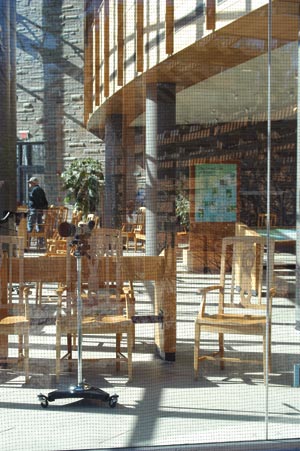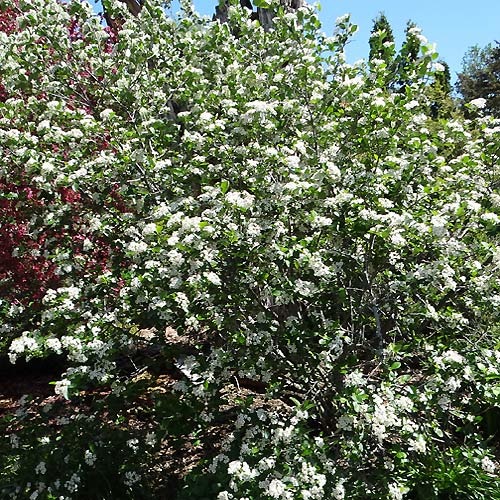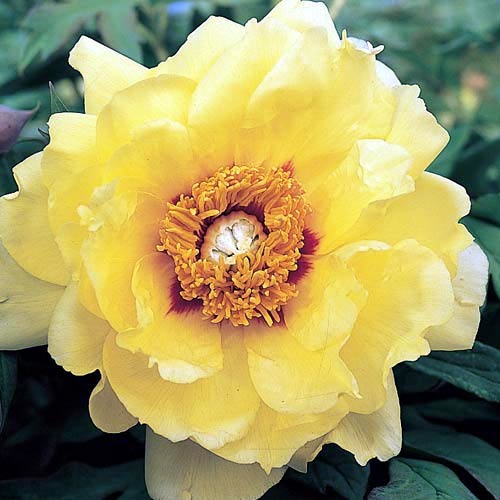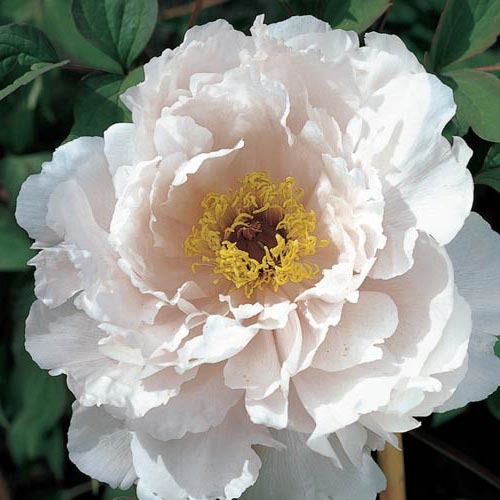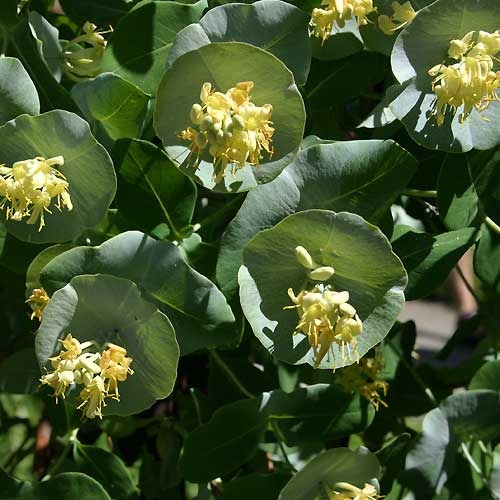What a tough winter we've had this year! It's one for the record books for cold and snow.
Are you worried about your plants and how they've survived this cold winter?
We're not worried about our roses! For the past 25 years, we've grown lots of roses in our gardens in Wisconsin and know which ones will survive our tough winters year after year.
We grow three different "classes" or types of hardy roses: Climbing, Rugosa and Shrub. Here's a quick list of our favorites from each class.
Climbing Roses
The hardiest of all Climbing roses is William Baffin. Its canes survive -50 degrees (
Zone 2)! It has vigorous growth with canes up to 10-feet tall or more. You can attach it to a trellis, post or arbor for a spectacular show of blossoms. It has rigid canes, so it's also great for hedges. We sell a lot of these for hedges and our customers love it.
William Baffin - deep pink, semi-double blossoms; grow up to 10-feet tall with long, rigid canes. It blooms profusely in mid June to early/mid July, with clusters of up to 30 blossoms.
 |
| William Baffin rose blossoms |
 |
| A hedge of William Baffin roses |
We also offer other winter-hardy climbing roses, including
John Cabot,
John Davis and
Henry Kelsey. They were developed in Canada and are named after Canadian explorers. They are beautiful in bloom and easy to grow. Try one for your garden!
Rugosa Roses
Rugosa roses are the most winter hardy of all the roses we grow. Most are hardy to
Zone 3 or colder. They're also beautiful, fragrant and bloom all summer! They come in a wide range of colors from white to mauve. The blossoms can be single (5-petaled) or double (multi-petaled).
Most Rugosa roses also produce fruit called "rose hips" after they bloom. The blossoms are great for pollinating insects and you'll see lots of bumblebees on the blossoms. They're easily pruned to shape and also are great for hedges!
Here are three of our favorites that show the variety of blossom color, form and plant size in the Rugosa roses.
Belle Poitevine - pink, fragrant, double blossoms; grows up to 4-feet tall with a mounded shape. A beautiful rose with large, semi-double, medium-pink blossoms. The blooms are extremely fragrant and produced in flushes from early summer until frost.
 |
| Belle Poitevine Rugosa rose |
Charles Albanel - mauve (pink/red), fragrant, double blossoms; grows up to 2-feet tall with a mounded shape. A wonderful rose in the garden and never disappoints us! Its fragrant blossoms have a mauve-red color and appear in abundance and June and then repeat until frost.
 |
| Charles Albanel Rugosa rose |
Fru Dagmar Hastrup - light pink, fragrant, single blossoms; grows up to 4-feet tall with a mounded shape. A lovely rose that's always a great addition to any garden. Blossoms are a light-pink color with delicate-looking petals that have a wonderful rose fragrance. It blooms all summer, with large, colorful rose hips following the blossoms.
 |
| Fru Dagmar Rugosa rose blossoms |
 |
| Rugosa rose hips |
Shrub Roses
Shrub roses are a very diverse group with colors from white to reds. Not all Shrub roses are winter hardy, though, so be careful to choose one that is hardy to your area (see the
hardiness Zone map). We've grown alot of Shrub roses over the years. Here are two of our time-proven favorites for winter hardiness, healthy foliage and easy growth:
Morden Blush - light pink, double blossoms; grow up to 2-feet tall. This rose has beautiful, light-pink buds that have a delicate hybrid-team form. It blooms continuously with large clusters of double, cream to light-pink, slightly fragrant blossoms that appear all summer and into fall.
 |
| Morden Blush Shrub rose blossoms |
Sunrise Sunset - pink-yellow, semi-double blossoms; grows 2-3 feet tall. A lovely rose that's always in bloom from June to frost. Its blossoms are just beautiful -- the color is a blend of pinks with apricot yellow in the center.
 |
| Sunrise Sunset Shrub rose blossoms |
Winter can be tough, but we have lots of roses that can handle tough winters and bring lots of beauty to your garden! See our
catalog of plants available to order now for spring delivery!




